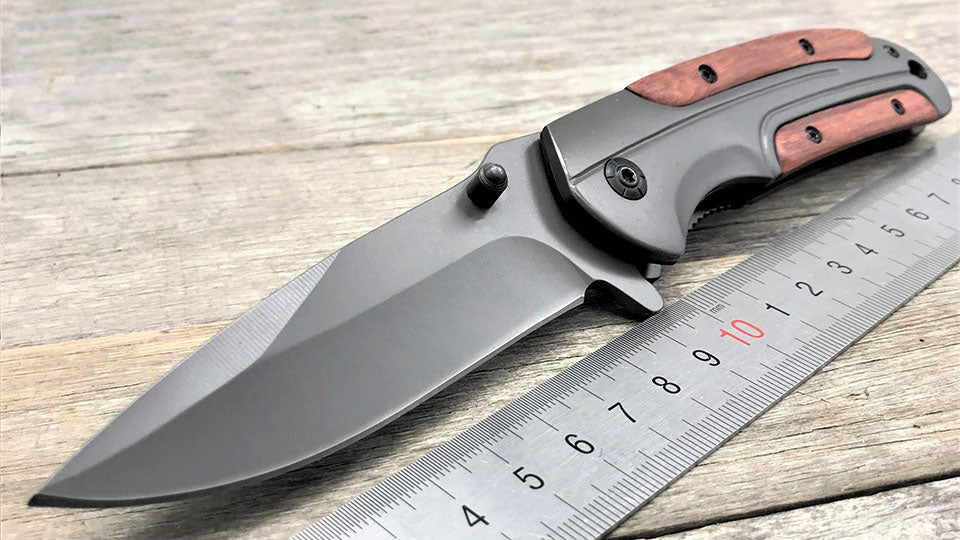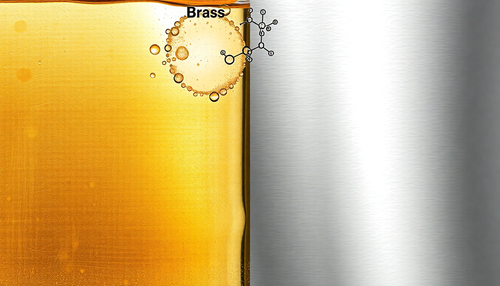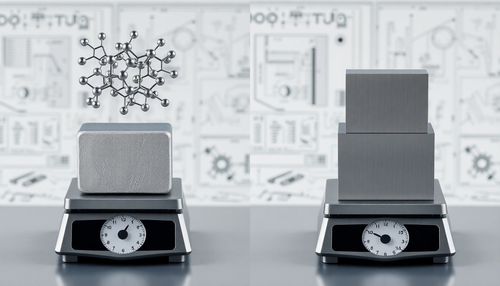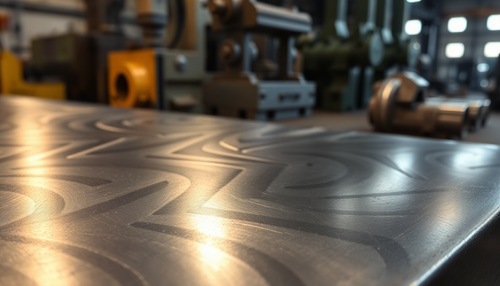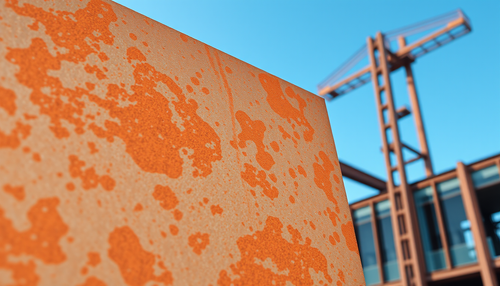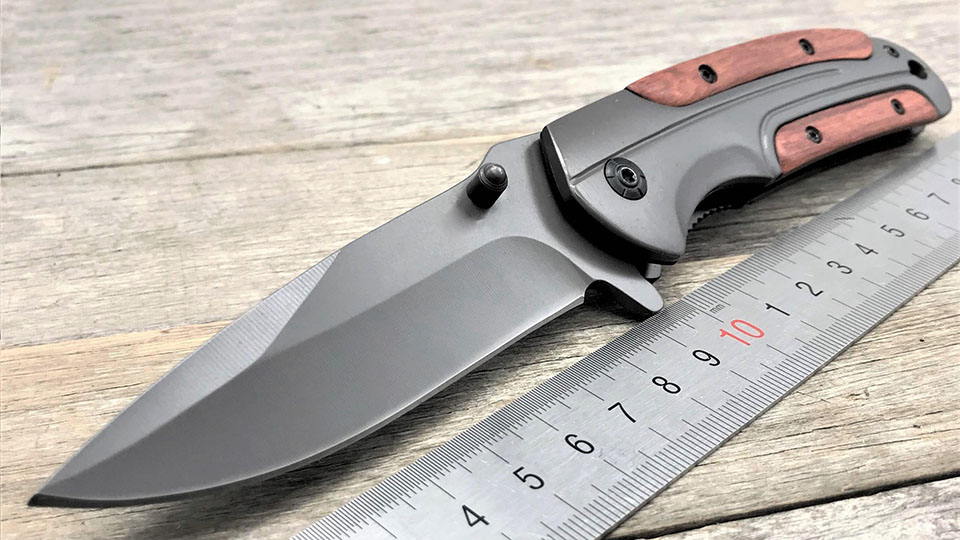
AISI O1 tool steel
AISI O1 tool steel is a low alloy type cold work tool steel containing manganese, chromium and tungsten, which must be hardened by oil quenching. It is by far the most widely used tool steel and is produced by almost all steel mills. It has high dimensional stability during heat treatment with relatively superficial hardening. It is very safe in hardening until it reaches the desired hardness.
Properties of O1 tool steel
The density of steel 01 is 7.85 g/cm3 (0.283 lb/in3); Rockwell C hardness is 50 HRC; Ultimate tensile strength 1690 MPa (245 ksi), Yield strength 1500 MPa (218 ksi), based on oil quenched at 800°C, tempered at 425°C.
Chemical composition
The composition of O1 steel is listed in the table below.
| Chemical composition, % | |||||||||
| Standard | AISI | W | Yes, ≤ | Mn | P, ≤ | S, ≤ | Cr | W | V, ≤ |
| ASTM A681 | O1 | 0.85-1.00 | 0.10-0.50 | 1h00-1h40 | 0.030 | 0.030 | 0.40-0.70 | 0.40-0.60 | 0.3 |
Physical properties
| Physical properties of O1 steel | Metric | Imperial |
| Density | 7.85g/cm3 | 0.283 lb/in3 |
| Specific thermal capacity | 460 J/kg·K at 20 °C | 0.11 Btu/lb°F at 68°F |
| Elastic modulus (Modulus of elasticity) | 193 GPa | 28×10 6 psi |
| 186 GPa at 190°C | 27×10 6 psi at 375°F | |
| 172 GPa at 400°C | 25×10 6 psi at 750°F | |
| Thermal conductivity | 32.0 W/m·K at 20 °C | 18.5 Btu/ft·h·°F at 68°F |
| 33.0 W/m·K at 190 °C | 19.1 Btu/ft·h·°F at 375°F | |
| 34.0 W/m·K at 400 °C | 19.7 Btu/ft·h·°F at 750°F | |
| Coefficient of thermal expansion (CTE) | 10.6 μm/m at 20-260 °C | 5.9 μin./in.°F at 70-500°F |
| 12.8 μm/m at 20-425 °C | 7.1 μin./in.°F at 70-800°F | |
| 14.0 μm/m at 40-540 °C | 7.8 μin./in.°F at 100-1000°F | |
| 14.4 μm/m at 40-650 °C | 8.0 μin./in.°F at 100-1200°F |
AISI O1 tool steel heat treatment
The heat treatment of O1 tool steel is listed below.
01 Tool Steel Heat Treatment Requirements According to ASTM A681
- AISI 01 tool steel preheat temperature: 1200 ±25°F (649 ±14°C)
- Austenitizing temperature: Salt bath, 788 ±5.6°C (1450 ±10°F); Controlled atmosphere ovens, 1475°F (802°C).
- Austenitization time: 5-15 minutes. If the samples are austenitized in salt, the samples must remain at the austenitization temperature for the minimum time indicated; If a controlled atmosphere furnace is used, the sample must be kept at the austenitizing temperature for 5 to 15 minutes. Time at temperature is the time after the sample reaches the austenitizing temperature.
- Quenching medium: oil
- Quenching Temperature: 400°F (204°C), must have a single 2-hour quench
- Minimum Hardness: 59 HRC, when using the heat treatment parameters stipulated above.
Normalizing and annealing temperatures
- O1 tool steel normalization treatment temperature: 870 °C (1600 °F), temperature holding time varies from 15 minutes for small sections to 1 hour for larger sizes. Cooling is done in still air.
- Annealing: 760-790°C (1400-1450°F), the upper limit of the range should be used for large sections and the lower limit for smaller sections. The time held at temperature varies from 1 hour for light sections to 4 hours for heavy sections and large high-alloy steel furnace charges.
- Cooling rate: ≤ 22°C/h (40°F/h)
- Annealed Brinell hardness: 183-212 HB.
Hardening and Tempering
- Heating Rate: Slowly
- Hardening: Preheat temperature 650 °C (1200 °F); Hardening temperature 790-815°C (1450-1500°F)
- Time at temperature: 10-30 minutes
- Quenching medium: Oil
- Hardened Rockwell C hardness, 63-65 HRC
- Quenching Temperature: 175-260°C (350-500°F)
- Approximate tempered Rockwell C hardness: 57-63 HRC
Processing and service features
Hardening and tempering
- Resistance to decarburization: High
- Hardening response: Medium
- Amount of distortion: Very low
- Cracking resistance: Very high
- Approximate Rockwell C hardness: 57-63 HRC (After tempering in the temperature range normally recommended for this steel.)
Manufacturing and Service
- Machinability: High
- Resistance: Medium
- Softening resistance: Low
- Wear resistance: Medium
Usual range of carbon potential of the endothermic atmosphere
Oven temperature: 800°C (1475°F)
Normal range of carbon potential: 0.75-0.85
Typical Dimensional Changes
Typical dimensional changes in hardening and tempering
| Tool steel | Hardening temperature, °C (°F) | Quenching medium | Total change in linear dimensions, % after quenching | Total change in linear dimensions, %, after temperature tempering, °C (°F) | ||
| AISI (UNS) | 150 (300) | 205 (400) | 260 (500) | |||
| O1 (T31501) | 815 (1500) | Oil | 0.22 | 0.17 | 0.16 | 0.18 |
| 790 (1450) | Oil | 0.18 | 0.09 | 0.12 | 0.13 | |
Applications of O1 tool steel
- Knives
- Cutting tools
- Drawing matrices
- Cutting tools
- Coining Tools
- Gauges
- Chucks, etc.
AISI O1 steel equivalent material
The equivalent material of AISI 01 tool steel is listed in the table below, including ISO, German DIN, Japanese JIS, Chinese GB and European EN standard, etc.
| AISI O1 steel equivalent material | |||||||||||||||||||
| USA | European Union | ISO | Germany | Japan | China | Australia | India | Russia | Korea | ||||||||||
| Standard | Steel (UNS) | Standard | Steel Name | Standard | Designation | Standard | Steel Name (Material Number) | Standard | Steel Grade | Standard | Steel Grade | Standard | Note | Standard | Note | Standard | Note | Standard | Note |
| AISI, SAE; ASTM A681 |
O1 (T31501) | EN ISO 4957 | 95MnWCr5 | ISO 4957 | 95MnWCr5 | DIN EN ISO 4957; DIN 17350, SEL-1977 |
95MnWCr5 (1.2825); 100MnCrW4 (1.2510) |
JIS G4401 JIS G4404 |
SKS3 | GB/T 1299 | 9CrWMn | ||||||||
Observation:
- 100MnCrW4 (1.2510) has been discontinued and replaced by 95MnWCr5 (1.2825).
- DIN 17350 and SEL (Stahl Eisen Liste) have been replaced by DIN EN ISO 4957.

